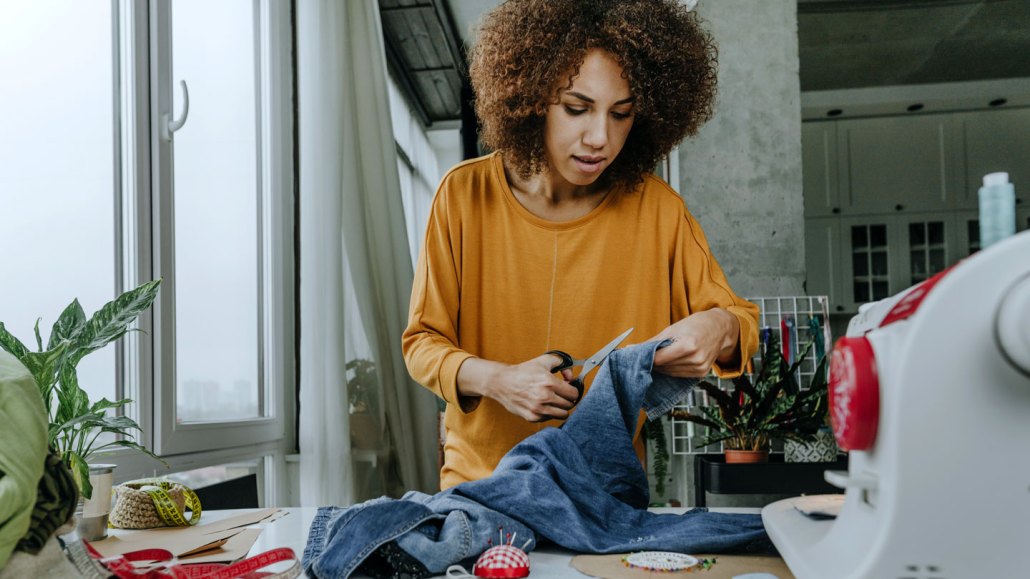Questions for ‘Creating less new stuff could greatly help Earth’s climate’

Some designers salvage denim and other fabric from old clothes to create new, custom fashions. It’s one way to give new life to things that might otherwise be trashed. Another benefit: It avoids the environmental costs of using raw materials to make clothes.
Westend61/Westend61/Getty Images Plus